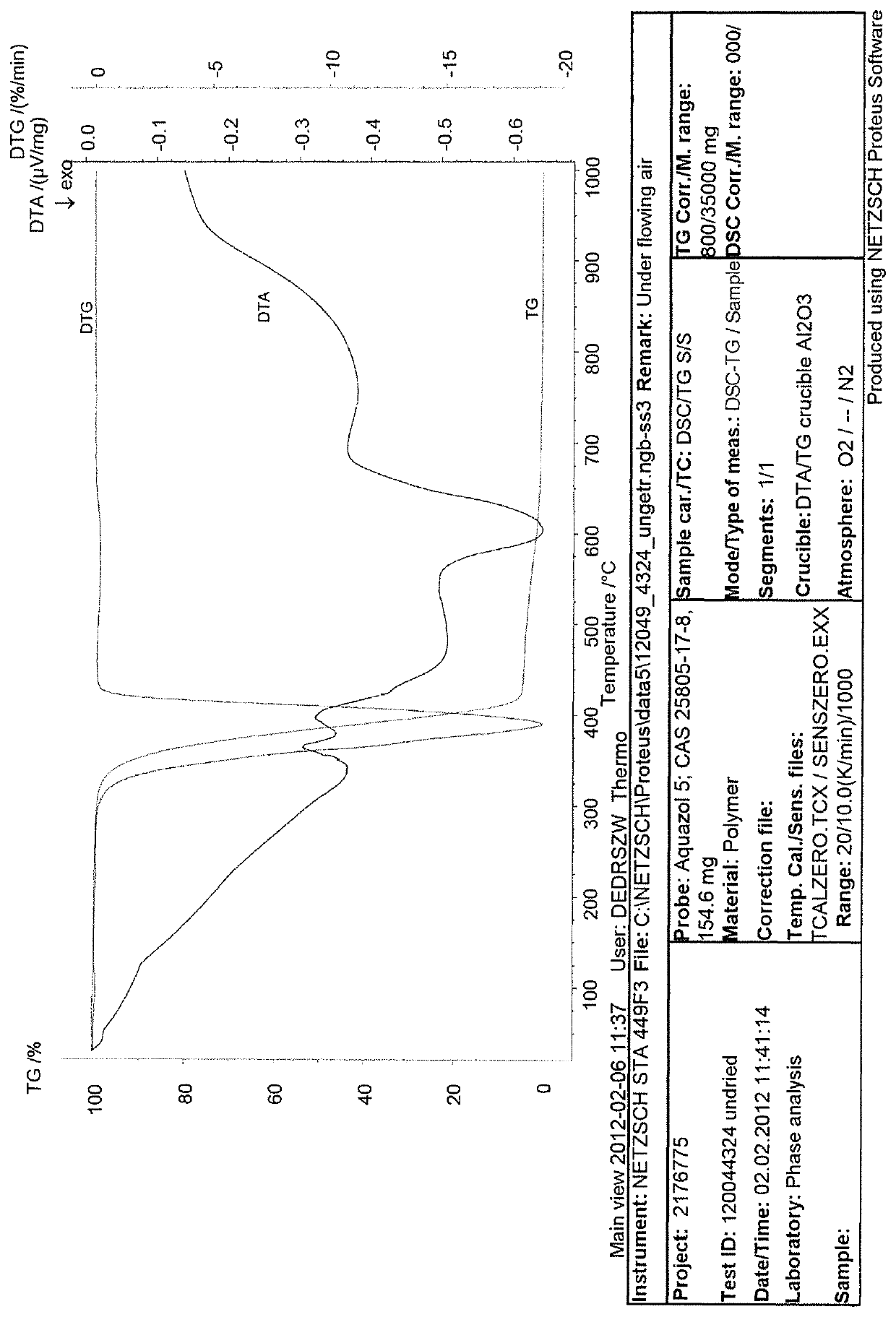Filter element with improved testability after dry steaming
a filter element and testability technology, applied in the field of melt joining filter elements, can solve the problems of change in membrane properties, inability to convert both sides of a bond, and the membranes that are bonded to the filter element by a melt joining process are subject to thermal loads, so as to achieve the effect of low production cost and high requirements
- Summary
- Abstract
- Description
- Claims
- Application Information
AI Technical Summary
Benefits of technology
Problems solved by technology
Method used
Image
Examples
implementation examples
[0096]1. Permanent Hydrophilization of Membranes:
[0097]A starting membrane of type 15407 (Sartorius Stedim Biotech GmbH), a sterile filter membrane of polyethersulfone with a mean pore size of 0.2 μm, was wetted with an impregnating solution of the hydrophilizing agent used for permanent hydrophilization (see Table 2 below). In the described examples, the hydrophilizing agent is a polymer. The concentration of hydrophilizing agent in the impregnating solution is in the range of from 0.5 to 6.0 percent by weight, wherein water is used as the solvent. After contacting the membrane with the impregnating solution, the membrane was placed between two polyethylene (PE) films and excess impregnating solution was displaced from the membrane with a roller or was squeezed out between two rubberized rollers. The impregnated membrane was then exposed to electron beam radiation (EC-Lab 400, Crosslinking AB, Sweden), wherein an acceleration voltage of 190 kV and doses of from 25 to 75 kGy were us...
PUM
| Property | Measurement | Unit |
|---|---|---|
| surface tension | aaaaa | aaaaa |
| melting point | aaaaa | aaaaa |
| temperature | aaaaa | aaaaa |
Abstract
Description
Claims
Application Information
 Login to View More
Login to View More - R&D
- Intellectual Property
- Life Sciences
- Materials
- Tech Scout
- Unparalleled Data Quality
- Higher Quality Content
- 60% Fewer Hallucinations
Browse by: Latest US Patents, China's latest patents, Technical Efficacy Thesaurus, Application Domain, Technology Topic, Popular Technical Reports.
© 2025 PatSnap. All rights reserved.Legal|Privacy policy|Modern Slavery Act Transparency Statement|Sitemap|About US| Contact US: help@patsnap.com

